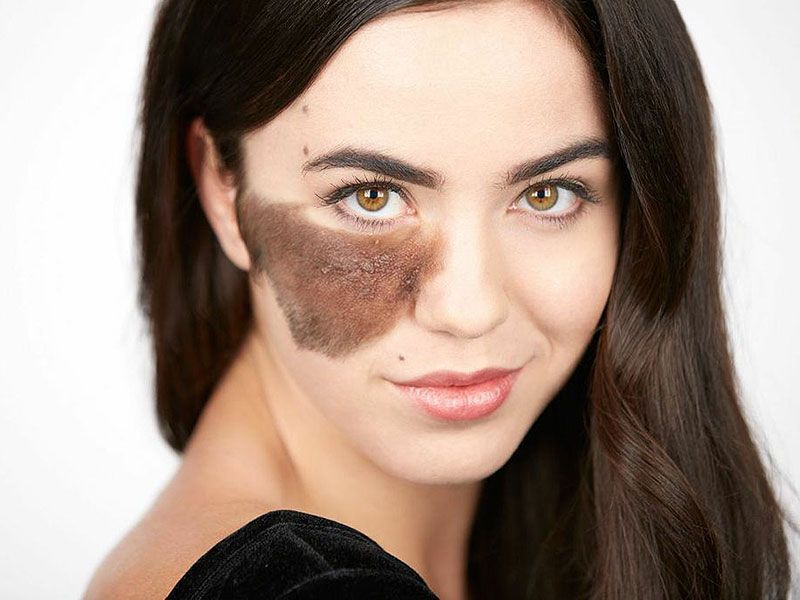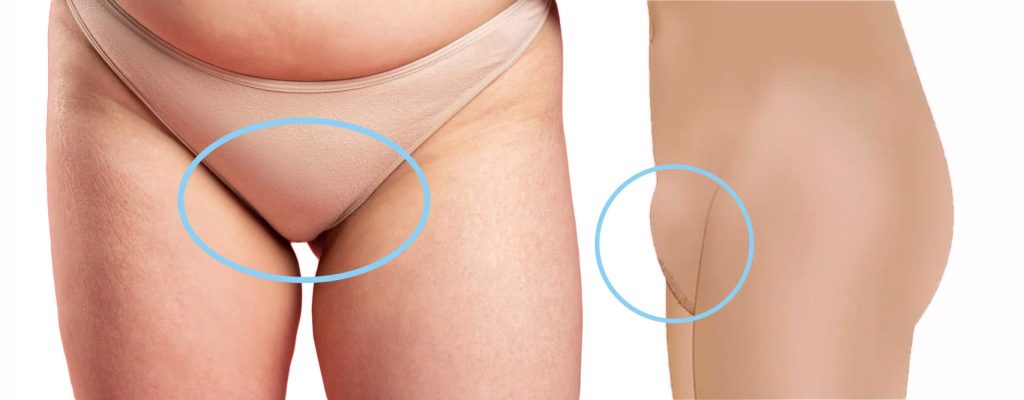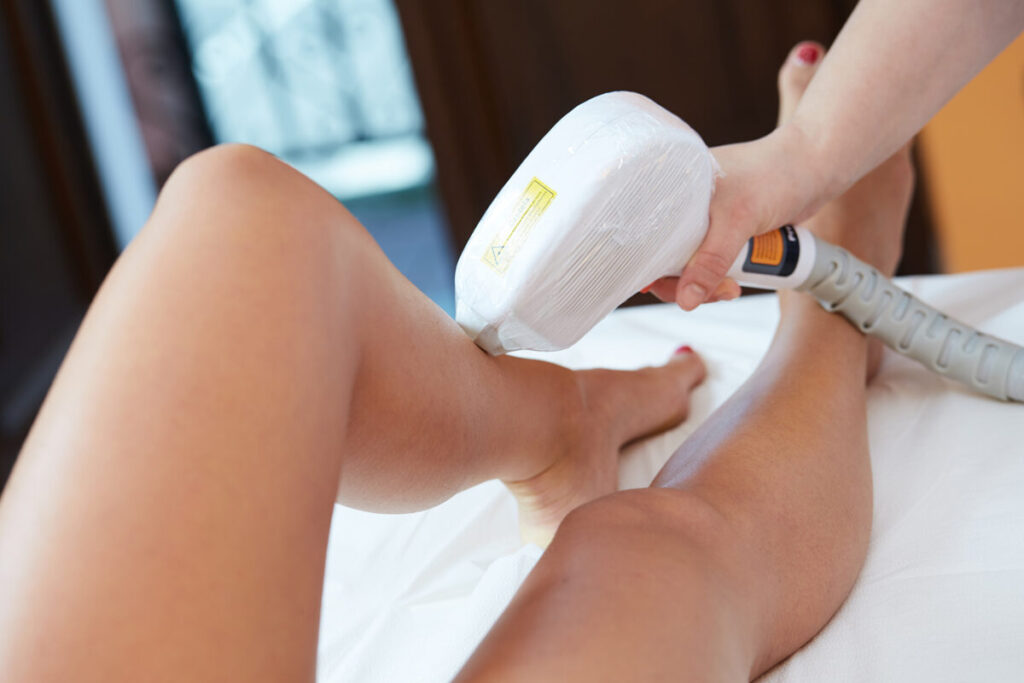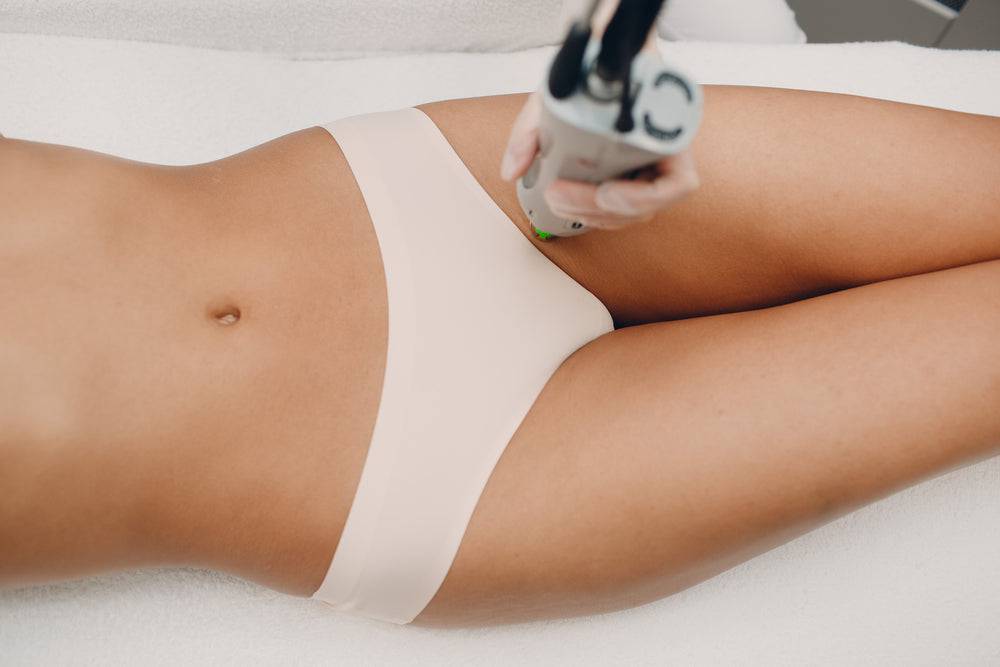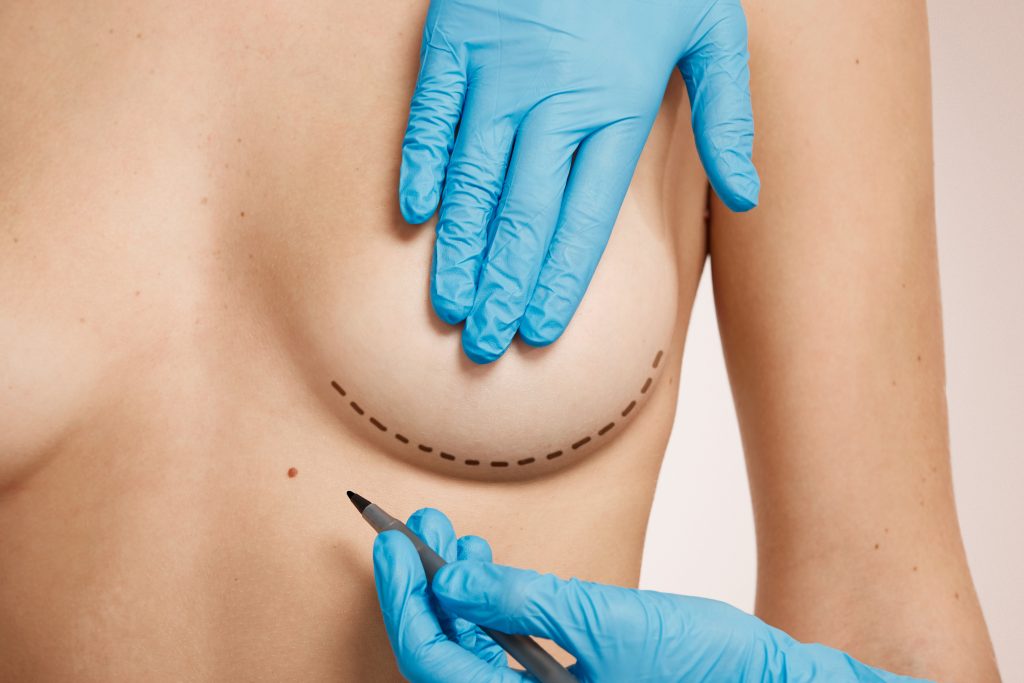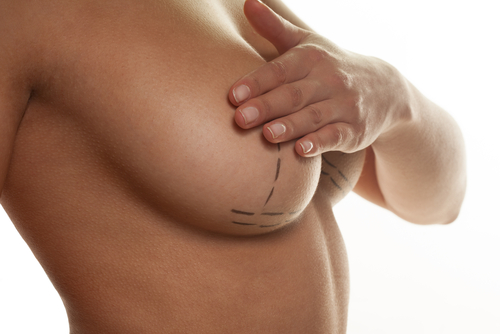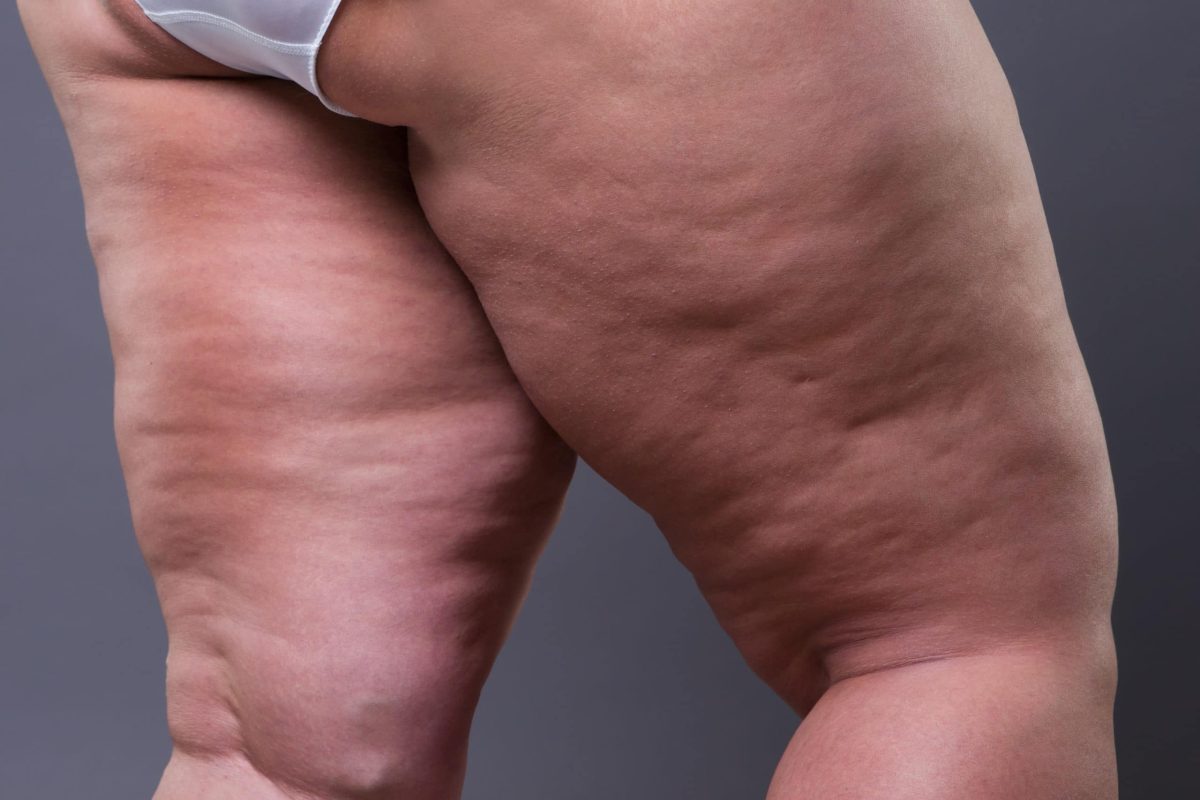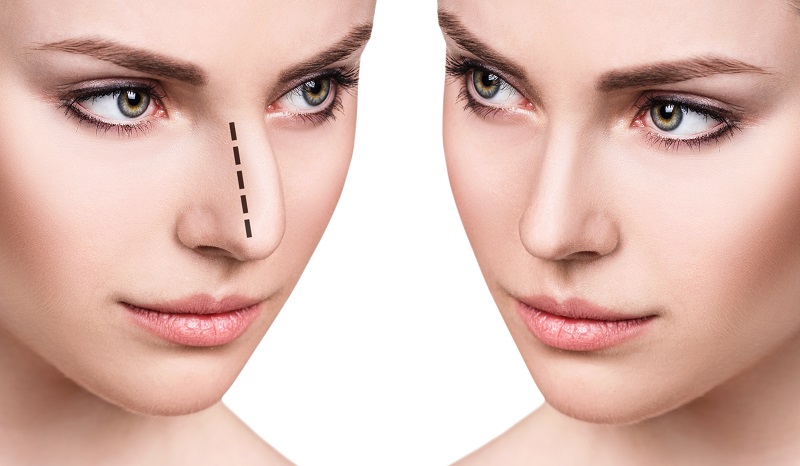Key Takeaways
-
Liposuction is generally not covered by insurance because it’s seen as a cosmetic procedure, not a medical necessity. Keep this in mind when planning your finances for the surgery.
-
Understanding the difference between cosmetic and reconstructive surgery is crucial, as insurance may cover procedures deemed medically necessary. If your liposuction can be classified under reconstructive surgery, there might be a chance for coverage.
-
Preparation is key when navigating insurance for liposuction. Gather all necessary documentation and be ready to make a strong case for why your procedure should be covered if you believe it falls under reconstructive surgery.
-
Be aware of all the costs involved, not just the surgery itself but also any related expenses such as aftercare and potential follow-up procedures. This will help you budget more accurately.
-
Patient satisfaction goes beyond the procedure’s fees. Consider the value of the results and the improvement in quality of life when evaluating the cost versus benefits of liposuction.
-
Have a backup plan if insurance says no. Explore financing options, payment plans offered by the clinic, or saving up for the procedure to ensure you can proceed with your plans without financial strain.
Understanding Insurance for Liposuction
Coverage Criteria
Most insurance providers view liposuction as a cosmetic procedure. They argue that its primary goal is to enhance appearance rather than treat or prevent health issues. This classification significantly impacts coverage decisions.
Insurance companies have strict guidelines to determine if a procedure is medically necessary. Liposuction usually does not meet these criteria because it’s often performed to remove unwanted fat that doesn’t pose a health risk. As a result, those seeking liposuction for purely aesthetic reasons find their insurance will not cover the costs.
Medical Exceptions
However, there are exceptions where liposuction receives coverage due to medical necessity. One notable condition is lipoma removal. Lipomas are benign fatty tumors that can be both uncomfortable and painful. When liposuction is used as part of the treatment to remove these tumors, insurance may cover the procedure.
Another exception includes certain cases of lymphedema, where excess fluid collects in tissues causing swelling. Here, liposuction can help reduce swelling and pain, qualifying it for insurance coverage under specific circumstances.
It’s essential for patients to consult with their healthcare provider and document the medical need for liposuction thoroughly. This documentation can prove crucial when submitting claims for insurance approval.
Policy Details
Understanding your insurance policy’s specifics is crucial when considering liposuction. Policies vary widely in terms of what procedures they cover and under what conditions they deem those procedures medically necessary.
Patients should review their policy documents carefully or speak directly with their insurance representative. Asking detailed questions about coverage can clarify whether their situation might qualify for an exception.
It’s also beneficial to inquire about the appeals process if initial claims are denied. Some patients have successfully appealed decisions by providing additional evidence of medical necessity or demonstrating how the procedure could reduce future healthcare costs related to untreated conditions.
Cosmetic vs Reconstructive Surgery
Cosmetic Surgery
Cosmetic surgery focuses on enhancing appearance. Procedures are elective and often not covered by insurance. Liposuction, for example, is typically seen as a cosmetic procedure aimed at improving body contours and symmetry. It involves the removal of fat from parts of the body to achieve a desired aesthetic outcome.
Insurance companies view these procedures as non-essential because they are performed for cosmetic reasons rather than medical necessity. As such, patients usually bear the full cost, which includes fees for anesthesia, facility use, and other related expenses.
Reconstructive Surgery
Reconstructive surgery, on the other hand, aims to correct abnormalities due to congenital defects, trauma, infection, tumors, or disease. It restores both function and appearance but leans more towards addressing functional impairments. Insurance policies often cover reconstructive surgery since it’s considered necessary for healthy living.
Examples include breast reconstruction after mastectomy or surgery to correct severe hand injuries. These procedures require detailed planning and can involve skin grafts, tissue expansion, and complex closure techniques to restore normal function.

Transition Cases
There are scenarios where cosmetic surgery transitions into medically necessary reconstructive surgery. For instance, liposuction might become part of a reconstructive effort following massive weight loss that leaves behind excess skin causing health issues like infections or mobility problems.
In such cases, documentation proving medical necessity is crucial for insurance coverage. The line between cosmetic and reconstructive purposes blurs here, emphasizing the importance of a thorough evaluation by healthcare professionals.
Insurance Criteria
Insurance companies differentiate elective cosmetic procedures from medically necessary ones through specific criteria. They consider whether a procedure corrects a functional impairment or is solely for appearance enhancement.
For approval of coverage, there must be documented evidence showing how the absence of surgery could affect the patient’s health or daily functioning. This evidence can include doctor’s notes detailing physical symptoms caused by the condition in question.
Factors Influencing Insurance Coverage
Medical Necessity
Insurance companies scrutinize the medical necessity of procedures like liposuction. They assess if the surgery addresses a health concern rather than just improving appearance. Conditions linked to obesity, such as heart disease or diabetes, might push insurers to consider coverage.
Patients must present comprehensive documentation from healthcare providers. This includes detailed medical histories and recommendations for surgery. Such evidence can sway decisions, highlighting the procedure’s importance for the patient’s well-being.
Policy Details
Health insurance plans differ greatly in their coverage. Some may cover liposuction if it’s part of reconstructive surgery following an injury or to alleviate a condition causing significant discomfort or mobility issues.
It’s crucial for patients to review their policy thoroughly. They should look for specific clauses about cosmetic versus reconstructive procedures. Understanding these details helps in setting realistic expectations about what costs they might face.
Provider Guidelines
Each insurance provider has its own set of guidelines for covering surgeries like liposuction. These often include pre-approval processes and criteria defining what constitutes a medically necessary procedure.
Patients should engage with their insurance representatives early on. This ensures they gather all necessary information on how to proceed with their claims effectively.
Location and Accessibility
The availability of coverage can also depend on one’s location and the specific insurance market in that area. Regional regulations and the presence of certain healthcare providers play roles in determining what treatments are covered under health insurance plans.
In areas with more stringent regulations on insurance coverage, patients might find it harder to get approval for procedures deemed non-essential. Conversely, regions with broader healthcare mandates may offer more lenient coverage options.
Navigating Insurance for Liposuction
Direct Inquiries
Insurance companies often categorize liposuction as a cosmetic procedure. This means they view it as not medically necessary. However, exceptions exist. It’s crucial to directly inquire about your policy’s specifics. Contact your insurance provider and ask detailed questions about coverage criteria for necessary liposuction.
Patients should prepare medical records and any evidence of health issues related to excess fat. For instance, if fat in the abdomen is causing back problems, document this thoroughly.
Pre-Authorization Requests
Submitting a pre-authorization request is a strategic step. This process involves your healthcare provider detailing why liposuction is medically necessary for you. They must argue that it’s not purely for cosmetic reasons but essential for improving your health or treating a specific condition.
Gathering all necessary documents beforehand can streamline this process. These include previous weight loss attempts, medical records, and letters from other doctors supporting the necessity of the procedure.
Consulting Healthcare Providers
Your doctor plays a pivotal role in navigating insurance for liposuction. Consult with them about the medical necessity of the procedure. They can offer valuable insight on how to present your case to the insurance company.
Healthcare providers might suggest alternative treatments that insurance is more likely to cover. They can also help draft a compelling letter explaining why liposuction is crucial for your health, focusing on areas like the abdomen where excess fat might be causing significant issues.
Persistence Pays Off
Facing an initial denial from your insurance doesn’t mean all hope is lost. Be prepared to appeal against denials and explore every possible avenue for coverage. Persistence can make a difference.
Understand that appealing an insurance decision involves gathering more evidence of the medical necessity of liposuction. You might need additional letters from specialists or more detailed documentation of your weight loss efforts.
Documentation for Approval
Medical Records
For insurance to consider covering liposuction, detailed medical records are essential. These should include a comprehensive history of weight loss efforts, dietary plans, and exercise routines. It’s crucial to demonstrate that traditional methods have not yielded significant results for the patient.
Patients must meticulously document every attempt at weight loss, including dates, durations, and outcomes. This documentation serves as evidence of the necessity for liposuction. Without it, insurers might view the procedure as cosmetic rather than medically necessary.
Professional Support
Obtaining statements from healthcare providers can significantly bolster a case. These professionals should detail why liposuction is critical for the patient’s health and well-being. Their expert opinions can highlight how the procedure will alleviate conditions linked to excess fat.
Doctors and specialists should note any obesity-related health issues the patient faces. They must clearly connect how liposuction will address these problems. Such endorsements are powerful in proving medical necessity.
Photographic Evidence
Visual documentation plays a key role in approval processes. Before-and-after photos of areas to be treated provide concrete evidence of the condition. Patients should work with their doctor’s office to ensure these images meet insurance company standards.
Photos should clearly show the areas needing treatment and how they affect the patient’s health. This visual proof complements written records and professional opinions, making a stronger case for coverage.
Diet and Exercise Logs
Detailed logs of diet and exercise efforts are vital. They prove the patient has tried conventional weight loss methods without success. Each entry should date and describe activities undertaken and food consumed.
These logs demonstrate commitment to improving health through non-surgical means first. Insurers often require this evidence before considering coverage for procedures deemed non-essential.
Liposuction Costs Breakdown
Surgeon Fees
Surgeon fees for liposuction can vary widely. They depend on the surgeon’s experience and the procedure’s complexity. Typically, these fees range from $2,000 to $4,000. However, highly sought-after surgeons may charge significantly more.
Patients should consider this cost carefully. It reflects the skill and expertise of the professional performing the operation.
Facility Fees
Facility fees cover the use of the surgery center or hospital where liposuction is performed. These costs can range between $1,000 and $1,500 but might be higher based on location and facility prestige. This fee includes necessary medical supplies and support staff during the procedure.
Understanding these expenses helps patients prepare for the overall financial commitment of their liposuction journey.
Anesthesia Costs
Anesthesia is critical for patient comfort during liposuction. Anesthesiologists charge separately from surgeon or facility fees. Their rates typically fall between $500 and $800. The total cost depends on procedure length and anesthesia type.
Patients must account for this expense in their budgeting for a comprehensive view of total costs.
Out-of-Pocket Expenses
Since insurance rarely covers liposuction, patients often face significant out-of-pocket expenses. Beyond direct surgical costs, there are post-op care items like compression garments and pain medication not included in initial quotes.
These additional expenses can add hundreds to thousands of dollars to the final bill. Patients should gather all possible information on expected costs to avoid surprises.
Financing Options
Many clinics understand the financial challenge of elective procedures like liposuction. They offer financing options or payment plans to help patients manage costs. These plans can spread payments over months or even years, making surgery more accessible.
Exploring these options early allows patients to make informed decisions about their ability to afford liposuction without insurance coverage.
Beyond Fees Satisfaction Matters
Realistic Expectations
Setting realistic expectations is crucial for satisfaction with liposuction. Patients should understand that while fees and pocket costs are important, the outcome’s impact on their happiness is paramount. It’s not just about how much money leaves your wallet but how you feel when you look in the mirror afterward.
Surgeons often stress the importance of having a clear view of what can be achieved. They work to align patients’ hopes with achievable results. This transparency helps manage expectations, ensuring individuals are satisfied with their investment in themselves.
Surgeon Expertise
The surgeon’s skill level plays a pivotal role in the success of liposuction. Selecting a qualified, certified surgeon is non-negotiable for those seeking top-notch care and outcomes. Their expertise determines the precision of fat removal, the smoothness of recovery, and ultimately, how closely the results match patient expectations.
Patients are encouraged to research surgeons thoroughly, considering their experience in specific areas and cases similar to theirs. Surgeon selection goes beyond comparing fees; it’s about investing in quality care that brings desired changes to your body and confidence.
Post-Operative Care
Post-operative care is another critical factor influencing satisfaction levels. Proper follow-up ensures complications are managed promptly, and recovery progresses smoothly. Surgeons provide detailed instructions on care after surgery, including activity restrictions and signs of potential issues.
This phase also involves managing patient pain levels and monitoring healing progress. Regular check-ins allow surgeons to assess whether additional interventions or adjustments are needed to achieve optimal results.
When Insurance Says No
Denial Review
After receiving a denial from the insurance company, it’s crucial to understand why. This step is the foundation for any further action. Often, denials happen because the insurer does not see liposuction as medically necessary.
The first action should be to carefully read the denial letter. It explains the reasons behind the decision. Misunderstandings or errors can occur. Identifying these early on can make a significant difference.
Appeal Process
If the denial reason seems unjust, consider an appeal. This process allows you to argue your case, often with additional medical documentation. Start by contacting your insurance company for their specific appeals procedure.
Gathering detailed medical evidence that supports liposuction’s necessity for your health is key. Letters from your doctors can bolster your appeal. They should outline why this procedure is essential for you and not just cosmetic.
Alternative Funding
When coverage is not an option, look into other ways to fund liposuction. Healthcare financing programs are available that offer flexible payment plans for medical procedures not covered by insurance.
Personal savings are another route, though it requires planning and time to accumulate enough funds. Loans might also be a viable option but consider interest rates and repayment terms carefully.
e clinics offer payment plans directly, making it easier to manage financially without involving third-party financiers.
Medically Necessary Alternatives
Explore procedures that offer similar benefits to liposuction but have a higher likelihood of being covered by insurance. For example, weight loss surgery might be an option if obesity is a concern. These alternatives require thorough discussion with healthcare providers.
They will assess your health needs and recommend procedures more likely to receive insurance support due to their medical necessity.
Closing Thoughts
Understanding whether insurance will cover liposuction boils down to distinguishing between cosmetic and reconstructive needs. You’ve seen how factors like medical necessity and documentation play pivotal roles. Navigating insurance claims can be tricky, but with the right approach, you stand a better chance of getting coverage. Remember, satisfaction goes beyond fees; it’s about feeling confident in your choices and the outcomes.
If insurance says no, don’t lose heart. Explore alternative financing options or consult with your surgeon for payment plans that fit your budget. Your journey to feeling good about yourself is important, and there are ways to make it happen within your financial reach. Take action now by reviewing your insurance policy or speaking directly with a specialist to understand your options better. Your health and happiness are worth it.
Frequently Asked Questions
Will insurance cover my liposuction procedure?
Most insurance policies do not cover liposuction as it is considered cosmetic surgery. However, if it’s part of reconstructive surgery following an accident or for a medical necessity, there might be exceptions.
What factors determine if my insurance will pay for liposuction?
Insurance coverage depends on whether the procedure is medically necessary or purely cosmetic. Documentation proving medical necessity can influence the insurer’s decision.
How can I navigate insurance for liposuction coverage?
Start by consulting with your surgeon and insurance provider. They can help you understand the specific documentation needed to argue for medical necessity and guide you through the process.
What documentation do I need for insurance approval of liposuction?
You’ll need detailed medical records, a letter from your physician explaining why liposuction is medically necessary, and possibly before-and-after photos demonstrating physical issues caused by the condition requiring treatment.
How much does liposuction cost without insurance?
The cost varies widely depending on the area being treated and the complexity of the procedure but typically ranges from $2,000 to $8,000. This does not include additional fees like anesthesia or facility costs.
What should I do if my insurance denies coverage for liposuction?
Explore alternative financing options such as payment plans offered by your surgeon’s office, healthcare credit cards, or personal loans. Consider appealing the decision with your insurer’s appeals process.









